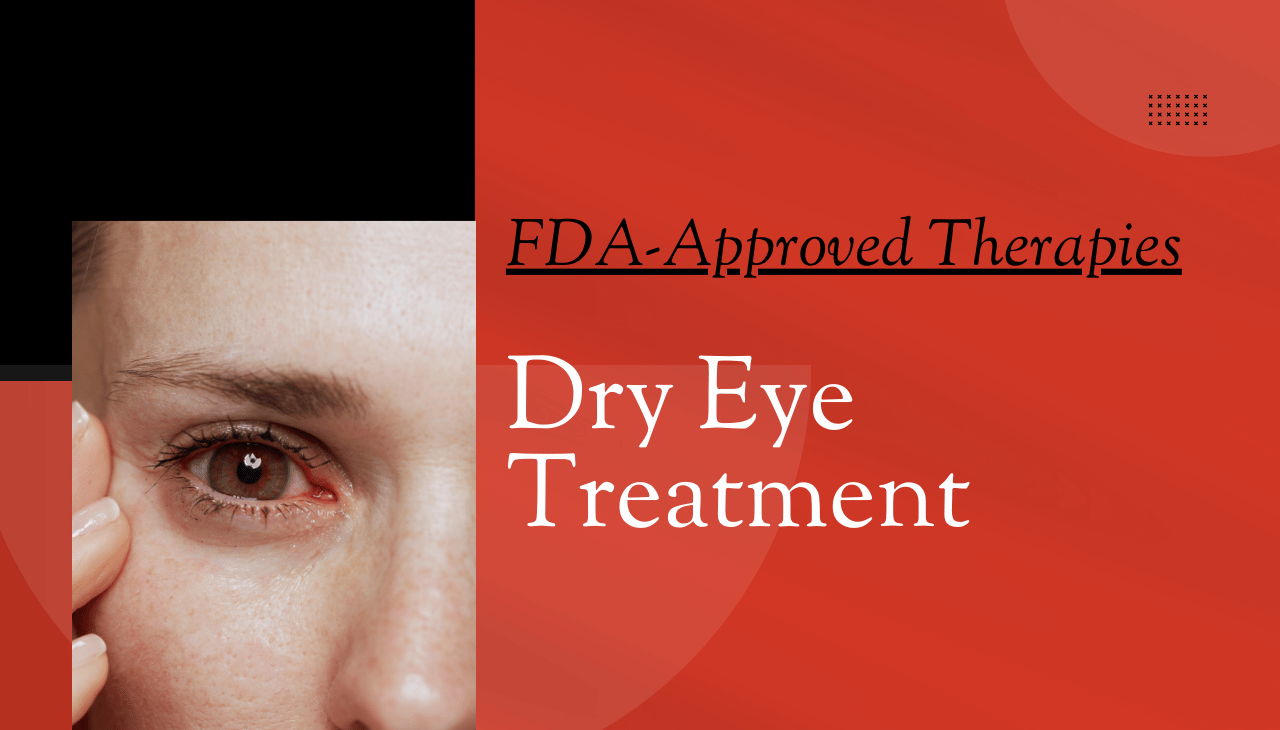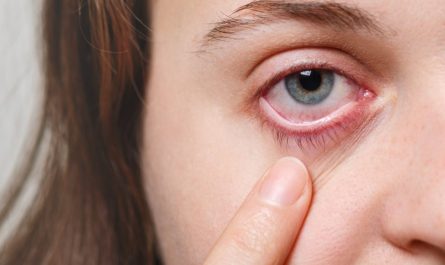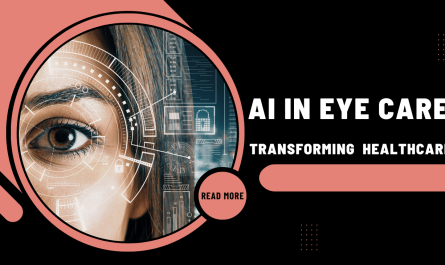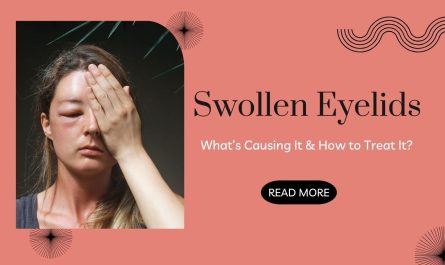Dry eye disease (DED) is a common yet often underestimated condition that affects the quality of life of millions worldwide. Characterized by irritation, burning, and blurred vision, dry eye can significantly disrupt daily activities. Fortunately, recent FDA-approved therapies have brought new hope to those suffering from chronic symptoms. These advancements promise better symptom management, long-term relief, and a higher quality of life. In this blog, we’ll explore the basics of dry eye, its causes and symptoms, and the latest treatment options—especially the newest FDA-approved therapies. Plus, we’ll share how and where to get expert care from reputed institutions like Laxmi Eye Institute in Mumbai.
Understanding Dry Eye Disease
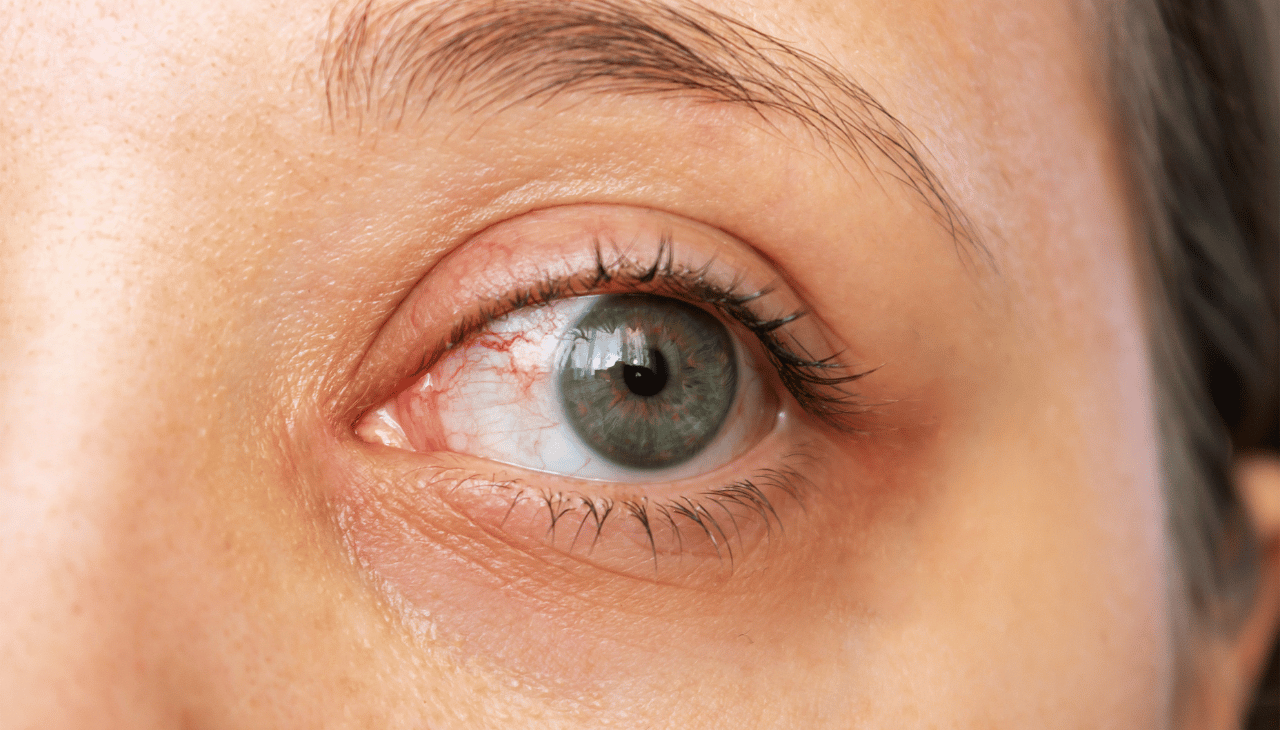
What is Dry Eye?
Dry eye disease (also called keratoconjunctivitis sicca) occurs when your tears are not able to provide adequate lubrication for the eyes. This may be due to reduced tear production or poor-quality tears that evaporate too quickly.
Types of Dry Eye:
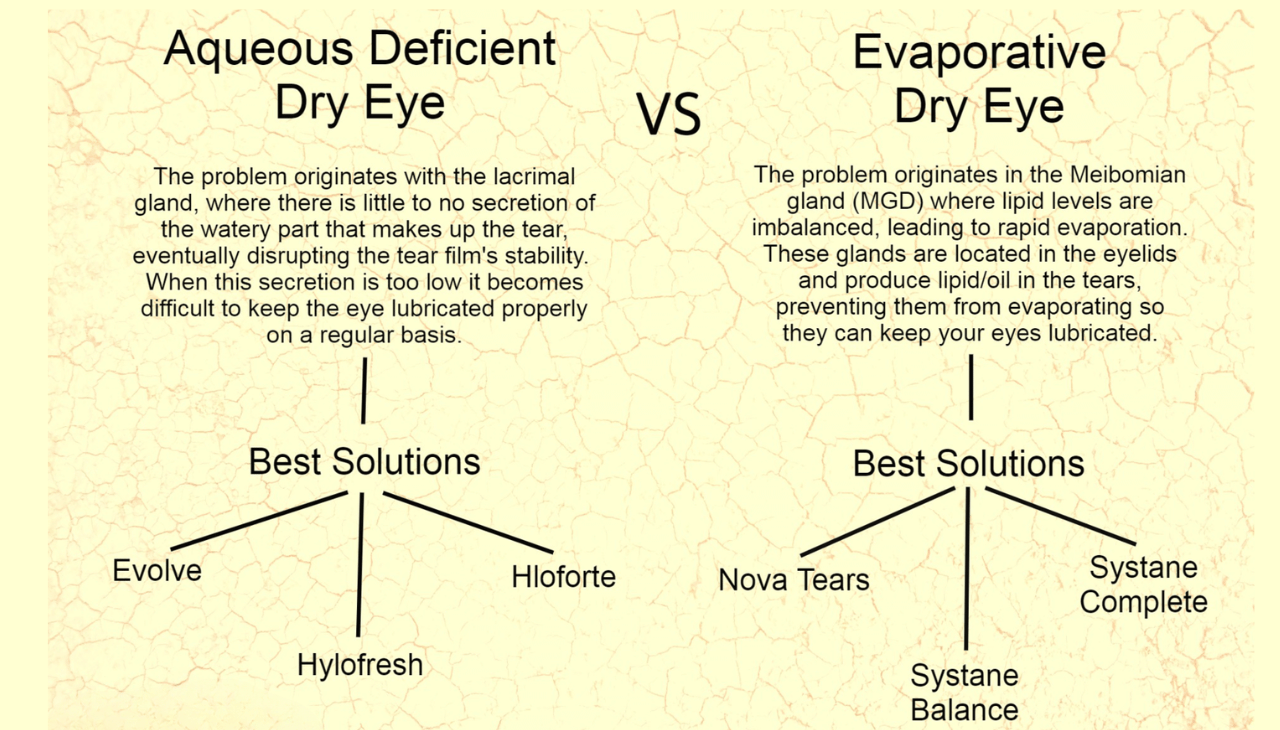
- Aqueous Tear-Deficient Dry Eye: Caused by reduced tear production from the lacrimal glands.
- Evaporative Dry Eye: Caused by inflammation or dysfunction of the Meibomian glands, which are responsible for the oily part of the tear film.
Who is at Risk?
- People over 50
- Women (especially during menopause)
- Contact lens users
- Screen users and office workers
- People with autoimmune conditions or those on certain medications
Causes, Symptoms & Common Concerns
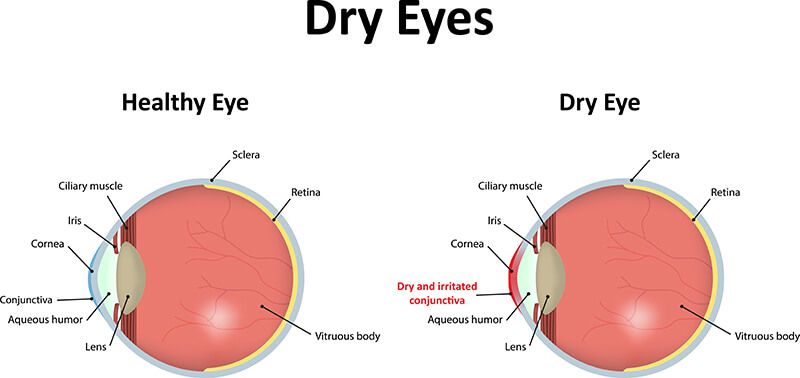
What Causes Dry Eye?
- Environmental conditions (wind, dry air)
- Prolonged screen time
- Aging
- Hormonal changes
- LASIK or cataract surgery
- Medications like antihistamines, decongestants, or antidepressant
Symptoms of Dry Eye Include:
- Stinging or burning sensation
- Redness and irritation
- Blurred or fluctuating vision
- Eye fatigue
- Watery eyes (as a reflex)
- Sensitivity to light
Why Early Diagnosis Matters:
If left untreated, dry eye can lead to inflammation, corneal damage, and impaired vision. Hence, it’s essential to recognize the symptoms early and seek timely medical help.
New FDA-Approved Therapies and Treatments
The FDA has recently approved several cutting-edge therapies that are changing the way we treat dry eye:
1. Tyrvaya (Varenicline Nasal Spray)
- How it works: Stimulates the trigeminal parasympathetic pathway to increase natural tear production.
- Application: Administered as a nasal spray, making it a non-invasive and user-friendly option.
- Approved Use: For adults with dry eye disease.
2. Miebo (Perfluorohexyloctane Ophthalmic Solution)
- How it works: Targets evaporative dry eye by stabilizing the lipid layer and reducing tear evaporation.
- Benefits: Offers sustained relief from symptoms, especially for patients with Meibomian gland dysfunction.
3. Xiidra and Restasis (Earlier FDA-approved but still widely used)
- Mechanism: Anti-inflammatory eye drops that improve tear production over time.
- Key benefit: Focuses on treating the root cause of inflammation rather than just symptoms.
4. Intense Pulsed Light (IPL) Therapy
- Usage: Used off-label but gaining traction for Meibomian gland dysfunction.
- Benefit: Improves oil gland function, reduces inflammation, and offers lasting relief.
Lifestyle Modifications:
Alongside medications, patients are advised to follow:
- The 20-20-20 rule (for screen users)
- Use of humidifiers
- Proper hydration
- Warm compresses and eyelid hygiene
Expert Tips and Recommendations
- Don’t self-medicate. Over-the-counter drops may provide temporary relief but can mask the real problem.
- Go for a complete eye exam. Especially if you’re experiencing symptoms for more than a few weeks.
- Combine treatments. Often, doctors use a multi-modal approach involving tear substitutes, prescription drops, and procedural interventions.
- Be consistent. Many therapies require time to show full results—consistency is key to improvement.
Importance of Personalized Treatment Plans
With evolving therapies, a “one-size-fits-all” approach no longer works. A thorough eye examination helps identify the type of dry eye and tailor treatments accordingly.
Diagnostic Tools May Include:
- Tear Break-Up Time (TBUT)
- Schirmer’s Test
- Meibomian gland evaluation
- Ocular surface staining
Combining advanced diagnostics with modern therapies can drastically improve patient outcomes.
Introduction for Consultation
Laxmi Eye Hospital is one of the largest and most trusted eye care institutions in Mumbai, with over 30 years of excellence. Known for transparent, patient-centered care and a team of expert ophthalmologists, Laxmi Eye Hospital offers advanced diagnostics and personalized treatments across multiple branches in Panvel, Kharghar, Kamothe, and Dombivli. Whether it’s Cataract, LASIK, Glaucoma, or Retina treatment, patients receive comprehensive eye care under one roof.
Laxmi Eye Institute has built its legacy with highly qualified doctors, state-of-the-art equipment, and an internationally acclaimed cataract training program. They specialize in Specs Removal (Bladeless LASIK, Contoura Vision, ICL/IPCL), Pediatric Ophthalmology, Cornea Disease Management, Diabetic Eye, and more.
Book your appointment at any of the following clinics:
- Dombivli: Laxmi Eye Institute, SS Business Park, Gharda Circle, Dombivli East
- Kharghar: Anant CHS, Plot 31, Sector 04, Kharghar, Navi Mumbai
- Panvel: Mulla Hamid Rd, Old Panvel, Navi Mumbai
- Kamothe: Shop No 26/27, Sector 34, Kamothe, Navi Mumbai
FAQs on Dry Eye Disease
1. Are dry eye and allergy the same?
No, dry eye is related to tear film dysfunction while allergies involve an immune response. However, both can occur together.
2. Can dry eye be cured completely?
Most cases are managed rather than cured. New FDA-approved therapies can significantly improve symptoms and quality of life.
3. Is dry eye related to screen time?
Yes, prolonged screen exposure reduces blink rate, leading to evaporative dry eye.
4. Is LASIK safe for people with dry eye?
Not always. Patients with severe dry eye are typically not ideal candidates. An evaluation is crucial.
5. How often should I use lubricating drops?
It depends on severity. Some may need them 4–6 times daily, while others might need only once or twice.
6. Do home remedies work for dry eyes?
Warm compresses and eyelid scrubs help in mild cases, but clinical treatment is essential for moderate to severe dry eye.
7. Are these new therapies safe?
Yes, they are FDA-approved after rigorous clinical testing for safety and effectiveness.
8. When should I consult a doctor?
If symptoms persist beyond a few days or interfere with daily life, consult an eye specialist immediately.
Conclusion
Dry eye disease can significantly impact your vision, productivity, and comfort—but it doesn’t have to. With innovative FDA-approved therapies now available, effective treatment is more accessible than ever before. Whether you are experiencing mild discomfort or chronic symptoms, professional care is key to long-term relief.
At Laxmi Eye Hospital, trusted experts are ready to help you regain clear and comfortable vision. Book your appointment today and take the first step toward better eye health.

